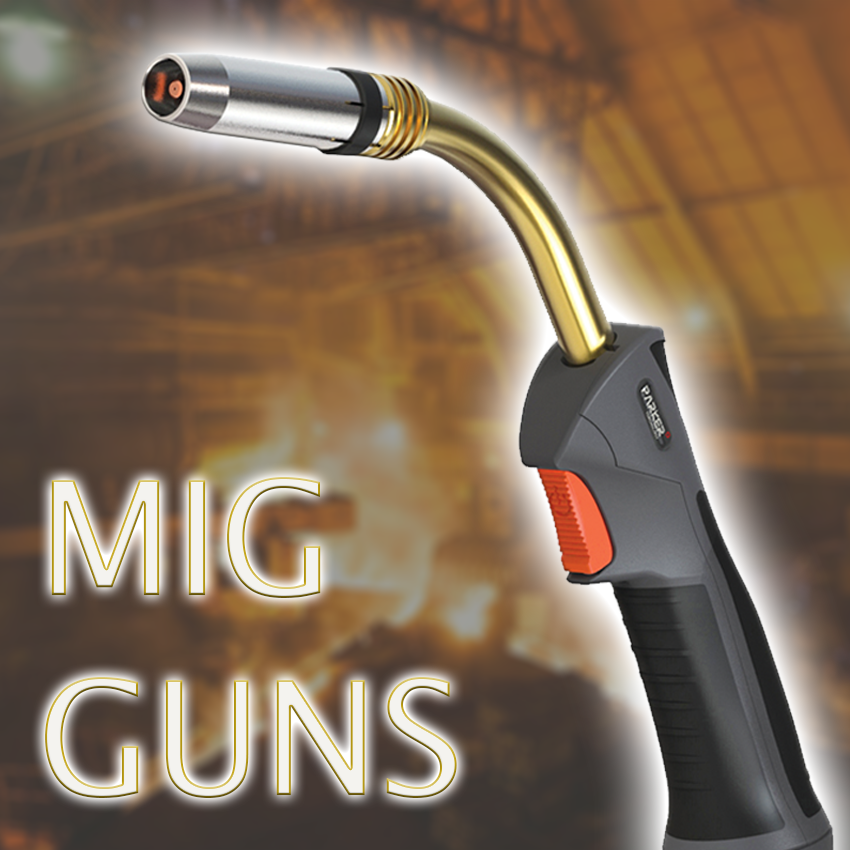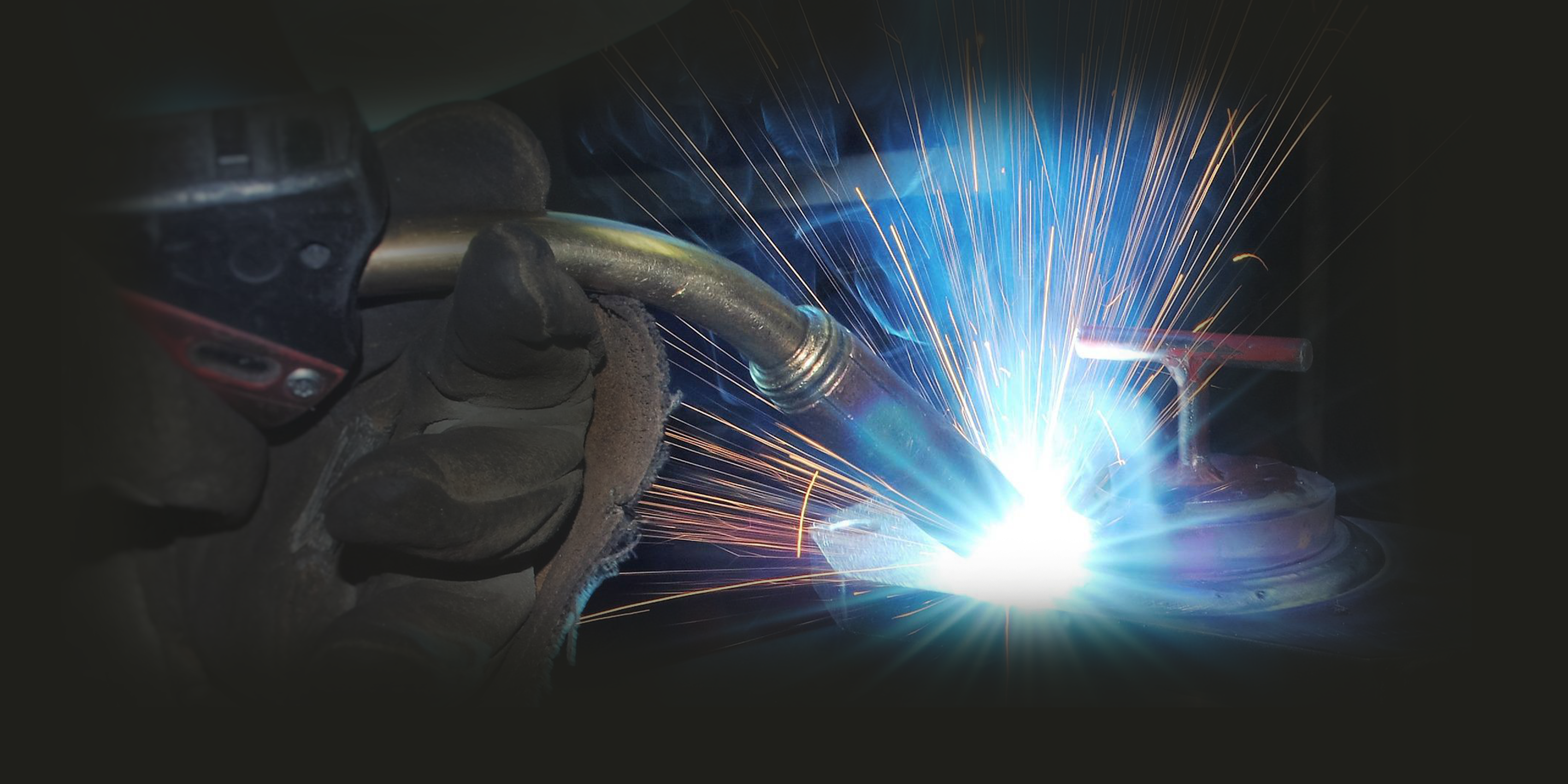With numerous benefits, MIG welders are a great tool for manufactures, fabricators and even as a hobbyist repair tool. There are lots of mig welders on today's market but, finding one that is ideal for you is another story.
A world of options
Externally supplied gas or gas mixtures provide mig welder protecting. Commonly, MIG welding is also known as short circuit transfer. No metal is actually transferred through the arc. Another process of MIG welding is spray transfer. It moves a flow of tiny molten droplets throughout the arc from the electrode to the weld pool.
MIG Welding Machines
There is numerous manufactures of welding machines on the marketing. Each provides many different models of MIG machines that may satisfy any welding requirement from industrial MIG welders to amateurs to manufacture shops, ranches, aerospace welding, and much more. When picking out a machine be sure to do your research.
Terminology & explanations
Mig welders use solid wire and need protecting
MIG welders use a spool of solid wire and need a inert gas as a shield. On the other hand, flux-core welders use a hollow cable that has a hollow inside. Once heated, the flux creates a protective aluminum coating around the weld. The shielding is there to stop air from getting to the weld and causing a number of issues, for example oxidation to hydrogen embrittlement from oxygen and water vapor from the atmosphere.
To double the protection in MIG welding it is possible to use an inert gas around the flux core thereby doubling the shielding.
The size of the feed wire correlates with the welder size. A more budget friendly, 110 volt welder likely can not power a much larger cable, therefore .030 will be more prevalent. You may need thicker feed wire to weld thicker gage materials. For a home use 110 volt device, the maximum cable size is most likely .035".
Flux-core is great outdoors because the wind won't blow the shielding gas. Mig is fantastic for stainless and aluminum steel.
Our advice at JL Industrial Supply is to get a double purpose machine which could do both MIG and flux core welding, and size it based on this gage of material you plan to be welding, and to your anticipated available electricity source.
TIG vs MIG Welding
TIG welders us a power source that is similar to rod welding but, rather than a consumable electrode it utilizes an non-consumable tungsten electrode. It's also much like oxy-fuel welding because you still have to use a filler material with another rod.
TIG is fantastic for hard to weld substances, such as aluminum or stainless steel. Everything works better at mig welders, which provide you with a world of alternatives at a fantastic assortment of substances.
MIG vs Flux Core
If you're going to perform a great deal of outdoor welding on steel, then you are going to need more flux-core cable. Indoors, MIG welders might be advantageous, also it is the only option on that machine for stainless and aluminum. MIG welders are a whole lot cleaner than Flux-core. Flux core includes a great deal of splatter and you need to get rid of a layer of slag on the weld - sort of like rod.



